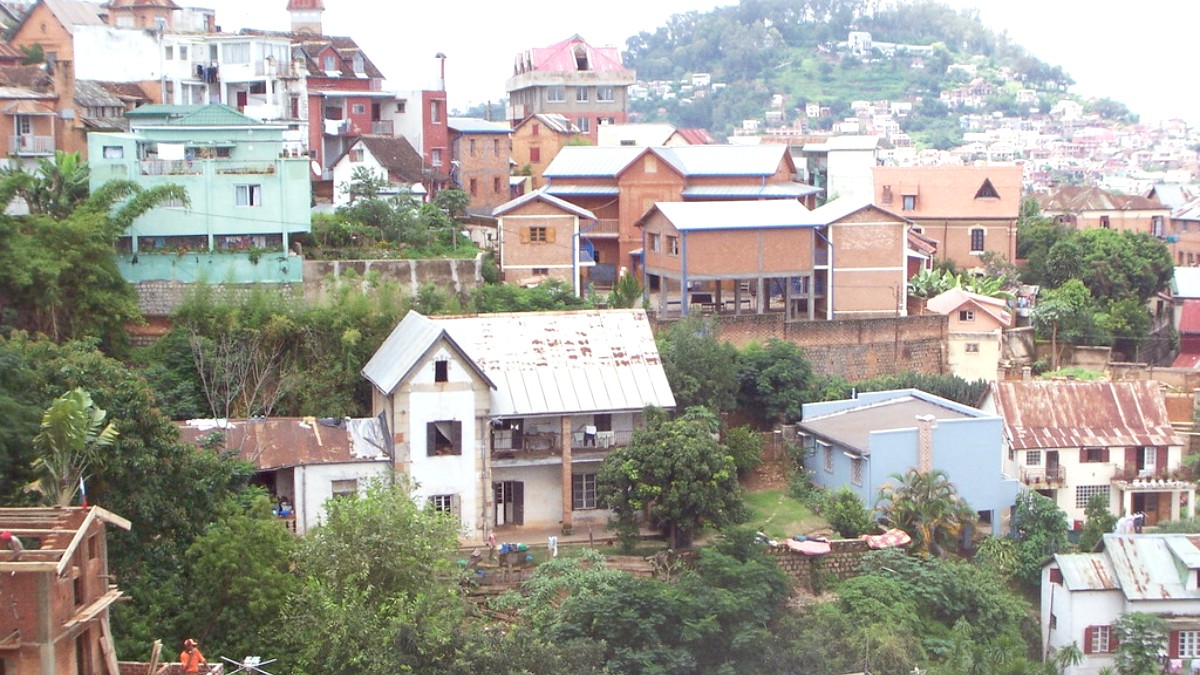
Madagascar
Antananarivo has no metro or tram system. The main public transport comprises "taxi-be" (large taxi), which are shared minibuses. They cover extensive, fixed routes across the city. These minibuses often appear crowded and old, but they are a very cheap mode of transport.
Fares typically range from 500-800 MGA per ride, paid directly to the "receveur" (conductor). No tickets are issued. They operate from early morning (5-6 AM) until late evening (8-9 PM), becoming less frequent at night.
Upper Town (Haute-Ville) is excellent for walking, with historic buildings and city views.
Be prepared for steep climbs and uneven or non-existent pavements. Comfortable, sturdy shoes are a must.
Local operators offer walking tours for historical context and navigating crowded areas.
Not available; tours are private car or walking.
Not applicable; Antananarivo is inland.
None in the city; hills navigated by foot or car.
No such common options; taxi-be and cream taxis are local equivalents.
Taxis are a popular and convenient travel method within Antananarivo. They offer more flexibility and comfort than taxi-be. Always agree on the fare beforehand, as meters are not used.
International Driving Permit (IDP) and national driver's license needed. Minimum age usually 21-23 with 2 years experience.
Road conditions vary; many potholes. Congestion and steep hills in Antananarivo. Self-driving not recommended for most.
Highly recommended to rent a 4x4 with a local driver. Their knowledge is invaluable for challenging roads and local customs.
Antananarivo presents challenges for travelers with mobility needs. Its terrain and transport infrastructure are not designed for easy access.
Drive on the right side of the road.
Seatbelts are mandatory where available.
Rarely enforced but generally low due to road conditions and congestion.
Caution is advised.
Limited street parking exists, often informal and paid to attendants.
Secure parking at hotels or private lots.
Antananarivo does not feature unique forms of transportation found in some other cities, like tourist buses or water transport.
Antananarivo presents a challenge for travelers with mobility needs.
Public transport is not accessible for wheelchair users or those with significant mobility impairments.
Private transport with assistance is necessary to navigate the city independently.
While Antananarivo's transport can be a lively experience, opting for taxis for convenience and safety, specifically at night, is a wise choice.
For trips outside the capital, a hired 4x4 with a local driver is invaluable for a smooth journey.